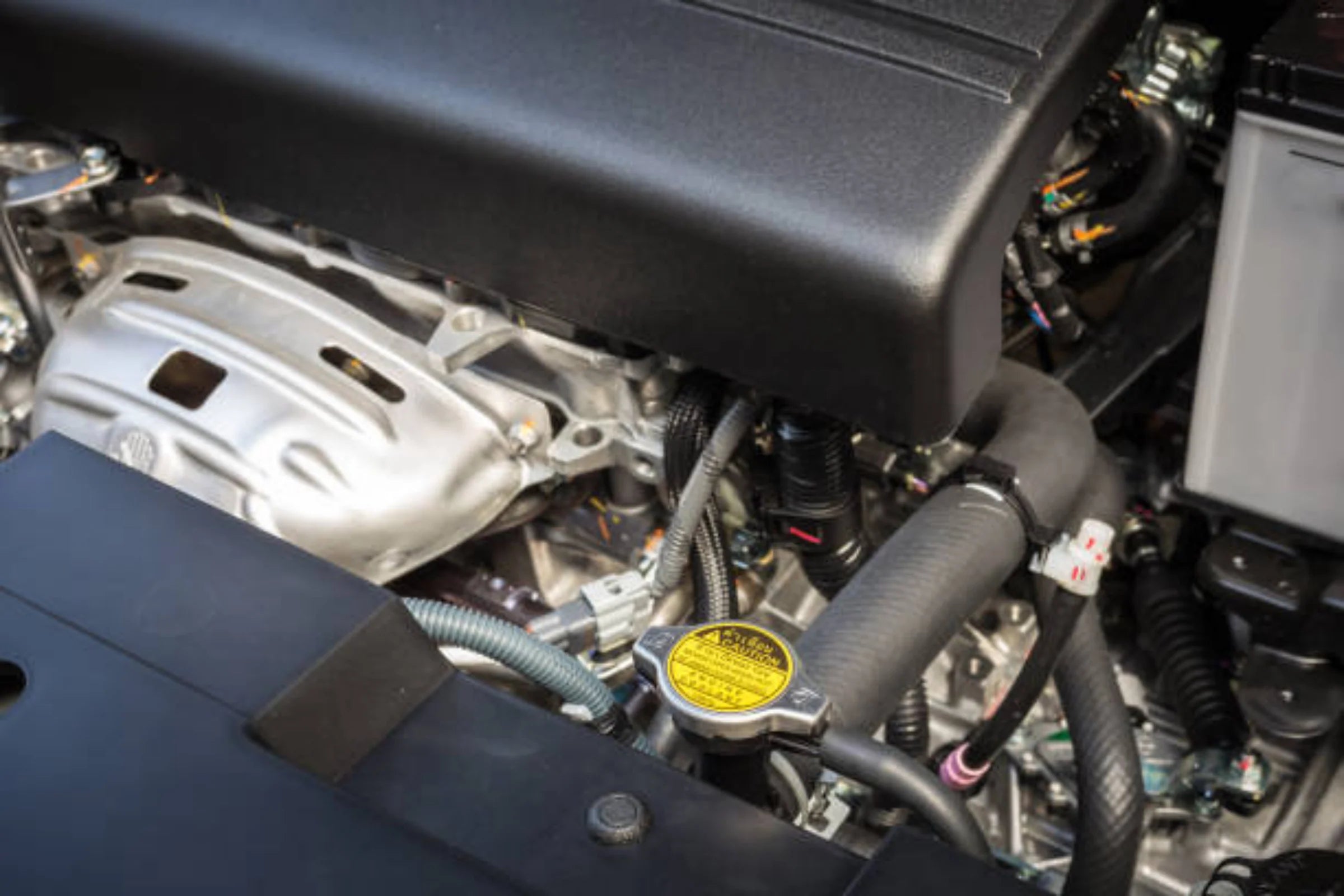
In recent years, the debate surrounding the installation of DPF delete pipes in diesel vehicles has gained significant attention. While some argue that removing the diesel particulate filter (DPF) can enhance performance and reduce maintenance costs, others emphasize the importance of adhering to emissions regulations and preserving environmental quality. This article aims to provide an in-depth analysis of the pros and cons associated with DPF delete pipes, enabling readers to make an informed decision regarding their vehicle's emissions system.
In the forum, the discussion about the DPF delete tube is very extensive, attracting the interest of many car owners, car enthusiasts and professional technicians. These are the most questions and discussions raised on the forum. “I have read tons of posts on deleting the DPF. I bought my LMM new last year, and said I would never ditch the DPF. Now after 19,000 miles I am so mad at I want to get rid of it. I was wondering if anyone who deleted there's could give me the pros and cons to getting rid of the DPF and if they noticed better pulling performance.”
“I think his main problem is running a PPE tune with the DPF in tact. It's probably building up so much soot, that it's clogging and losing power...and also re-gening a lot. If he ran bone stock, it would probably be better.”
“The only nightmare is still having the DPF on the truck. Ya the EGR blocker sucks on the LMM but there are some great wright ups on this forum
if you want your truck to last you must do it”
“There is no con what so ever to a DPF delete, if you are debating it, just do it”
What is a diesel particulate filter (DPF)?
A diesel particulate filter (DPF) is an emissions control device installed in the exhaust system of diesel vehicles. Its primary function is to capture and trap particulate matter (PM), including soot and ash, that is generated during the combustion process. The DPF consists of a porous material, such as ceramic or metal, which allows exhaust gases to pass through while trapping the particles. Over time, the accumulated particulate matter can cause blockages and restrict the flow of exhaust gases. To prevent this, the DPF undergoes regeneration, a process where the trapped particles are burned off at high temperatures. This can occur naturally during driving conditions or through active regeneration methods involving fuel injection or other techniques. DPFs are essential for reducing diesel emissions and improving air quality by minimizing the release of harmful particulate matter into the atmosphere.

The Pros and Cons of Installing a DPF Delete Pipe
The usefulness of a DPF delete is a topic that generates both support and criticism within the automotive community. Advocates of DPF deletes argue that there are several potential benefits associated with removing the diesel particulate filter (DPF) from a vehicle's exhaust system. However, it is important to note that these arguments should be carefully considered in light of legal and environmental implications.
Pros of DPF Delete Pipes
- Performance Enhancement: One of the main reasons cited for the usefulness of a DPF delete is the potential improvement in engine performance. The DPF can create backpressure, which restricts exhaust flow and may limit the engine's power output. By removing the DPF, exhaust flow is improved, reducing backpressure and potentially leading to increased horsepower and torque. This can be particularly appealing for individuals seeking enhanced vehicle performance, such as truck owners who use their vehicles for towing or heavy-duty applications.
- Fuel Efficiency Improvement: Proponents of DPF deletes claim that without the restriction caused by the DPF, the engine can operate more efficiently, resulting in potential fuel savings. Improved airflow and reduced backpressure can lead to better combustion and optimized fuel utilization. However, it is important to note that the extent of fuel efficiency improvement may vary depending on various factors, including driving conditions, vehicle specifications, and individual driving habits.
- Cost Savings: DPFs require regular maintenance, such as filter replacements or cleanings, which can be expensive. By eliminating the need for these maintenance procedures, vehicle owners may save money in the long run. Additionally, some argue that DPF-related issues, such as clogged filters or failed regeneration cycles, can result in costly repairs or replacements. Removing the DPF can potentially prevent these issues, reducing maintenance and repair costs.
- Extended Component Lifespan: The DPF operates by capturing and storing particulate matter, such as soot and ash, which can accumulate over time. This accumulation can lead to increased exhaust backpressure and potentially affect the performance and longevity of engine components. Proponents of DPF deletes argue that by removing the DPF, the risk of related issues is reduced, potentially extending the lifespan of engine components.
Pros of DPF Delete Pipes
- Legal Implications: DPF delete is generally illegal in most regions due to emissions regulations. Removing the DPF can result in fines, penalties, or even render the vehicle non-compliant with local laws. It is essential to understand and comply with the legal requirements and regulations in your area before considering a DPF delete.
- Environmental Impact: The primary purpose of the DPF is to reduce particulate matter emissions, which have detrimental effects on air quality and human health. Removing the DPF can increase particulate matter emissions, contributing to environmental pollution.
- Warranty Voidance: Modifying or removing emissions control systems, such as the DPF, can void the vehicle's warranty. Manufacturers typically require vehicles to remain in compliance with emissions standards to maintain warranty coverage. Removing the DPF may result in the loss of warranty protection, leaving the vehicle owner responsible for any repairs or replacements.
Conclusion
In conclusion, the usefulness of a DPF delete should be carefully evaluated, taking into account legal considerations, environmental impacts, warranty implications, and long-term compliance. While some individuals may prioritize performance enhancements and potential cost savings, it is essential to balance these factors with the responsibility to comply with emissions regulations and contribute to environmental sustainability. Consulting with knowledgeable professionals and understanding the specific regulations in your area is crucial before making a decision regarding a DPF delete.
If you choose to proceed with a DPF delete, iFJF is a reliable source for high-quality DPF delete pipes. They specialize in offering DPF delete pipes for popular diesel engines such as Powerstroke, Cummins, and Duramax. With a strong commitment to customer satisfaction, they provide free shipping and ensure their products fit seamlessly with your truck. To explore their range of DPF delete pipes, visit the online store at iFJF.com.
🚗 Have you came across perplexing scenarios concerning your vehicle's emissions control system? Do you have any experiences, uncertainties, or insights to share regarding modifying or maintaining the DPF (Diesel Particulate Filter)? Your anecdotes, inquiries, and viewpoints are valuable contributions that can help us deepen our knowledge and unravel the intricacies of these systems. Feel free to leave your thoughts in the comments section, as we collaborate to enhance our understanding and shed light on these complex topics.




